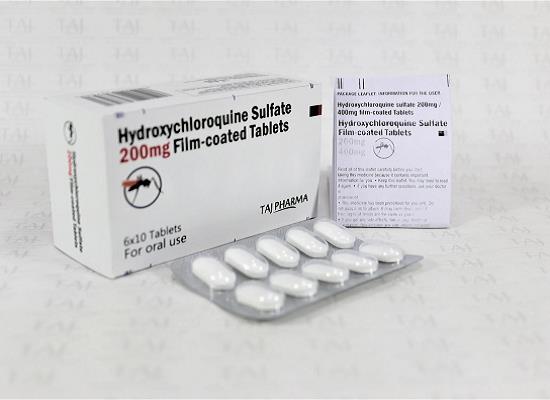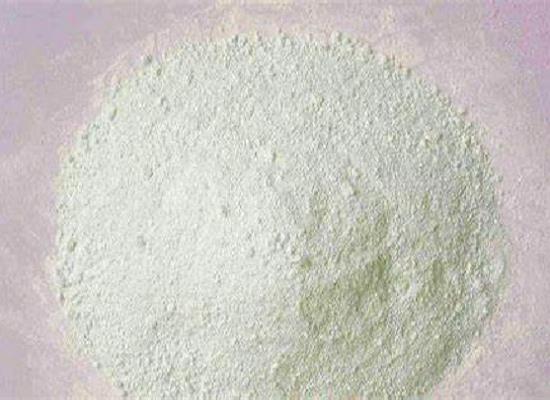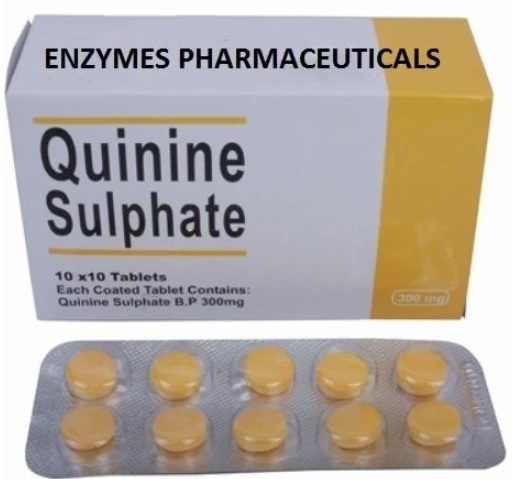Active Pharmaceutical Ingredients (API), popularly speaking, are the raw materials of medicines, only pharmaceutical raw materials are processed into pharmaceutical preparations , can they become medicines available for clinical use, so drugs we usually eat are the finished drugs through processing. Active Pharmaceutical Ingredients based on its sources can be divided into two major categories ,including chemical synthetic drugs and natural chemical drugs. Chemical synthetic drugs can be divided into organic synthetic drugs and inorganic synthetic drugs. Inorganic synthetic drugs are inorganic compounds ( very few is element), such as aluminum hydroxide, magnesium trisilicate which are used for the treatment of gastric and duodenal ulcers ; organic synthetic drugs are mainly composed of drugs made by basic organic chemical raw materials, through a series of organic chemical reactions (such as aspirin, chloramphenicol, caffeine, etc.). Natural chemical drugs ,based on its sources,can be divided into two categories including biochemical drugs and plant chemical drugs. Antibiotics are generally made by the microbial fermentation, which belongs to the biochemistry category. A variety of semi-synthetic antibiotics occurs in recent years,which are biosynthesis and chemical synthesis combining products.Among active Pharmaceutical Ingredients, the organic synthetic drugs varieties, yields and values have the largest proportion,which are the main pillars of the chemical and pharmaceutical industries. The quality of active Pharmaceutical Ingredients decides whether the formulation is good or bad , so its quality standards are very strict ,countries in the world have developed national pharmacopoeia standards and strict quality control methods for its widely used active Pharmaceutical ingredients.
Hydroxychloroquine sulfate: mechanism of action and clinical applications
Hydroxychloroquine sulfate is a versatile medication with immune-modulating, anti-inflammatory properties used for malaria and rheumatoid arthritis treatment.
Sep 21,2023 APIBromodiphenylmethane: properties, applications and safety
Bromodiphenylmethane is a white crystalline solid used in the synthesis of Modafinil and O-(triazolyl)methyl carbamate, with safety precautions required.
Sep 21,2023 APIDicyclohexylamine: properties and applications
Dicyclohexylamine is a versatile chemical compound with applications as an inhibitor and a colorimetric sensor.
Sep 21,2023 APIFenbendazole: an effective anthelmintic
Fenbendazole is an effective benzimidazole anthelmintic and has anticancer activity
Sep 20,2023 APIWhat is Quinine?
Quinine is a famous antimalarial drug, is is often used as a raw material to develop new antimalarial drugs.
Sep 20,2023 APIMogroside V:applications in a variety of diseases
Mogroside V (MV), extracted from Guangxi speciality economic plant - Luo Han Guo, has a variety of pharmacological activities.
Sep 20,2023 APIClomiphene citrate: applications in the treatment of infertility
Clomiphene citrate is an orally administered, non-steroidal anti-estrogen with ovulation-stimulating properties.The drug was approved by the FDA for marketing in the United States in 1967.
Sep 20,2023 APIDistearyl thiodipropionate: properties, applications and safety
Distearyl thiodipropionate is a versatile antioxidant and UV stabilizer used in cosmetics. It protects against free radicals and UV damage and preserves moisture.
Sep 20,2023 APIFluazinam: mechanism of action, applications and safety
Fluazinam is a versatile and safe fungicide that effectively controls fungal diseases in crops. Its unique mode of action reduces the risk of resistance development.
Sep 20,2023 APIBarium: resource, applications and toxicity
Barium is a valuable resource, used in diverse industries. China leads in production, but its toxicity requires further research.
Sep 20,2023 API












